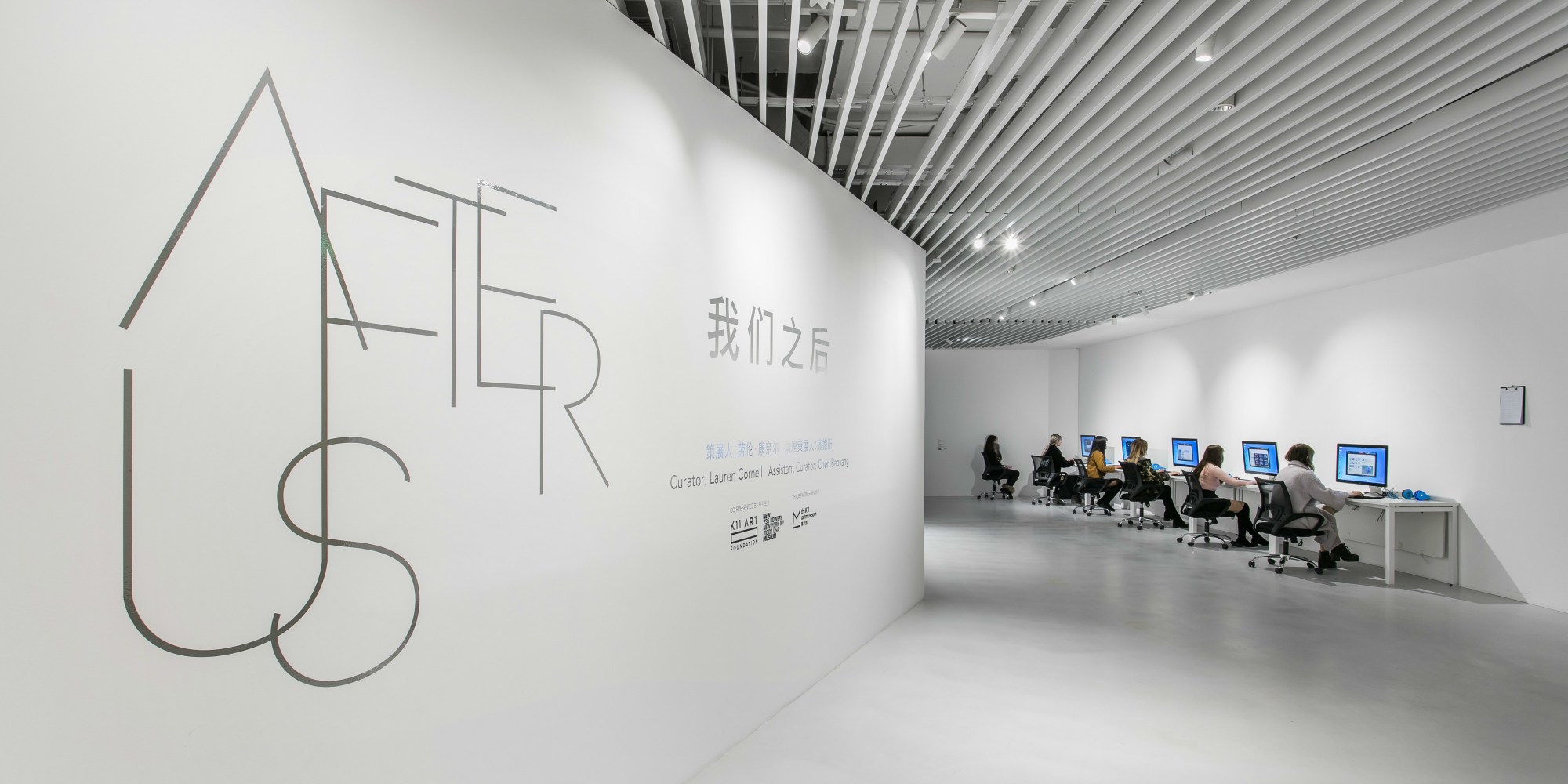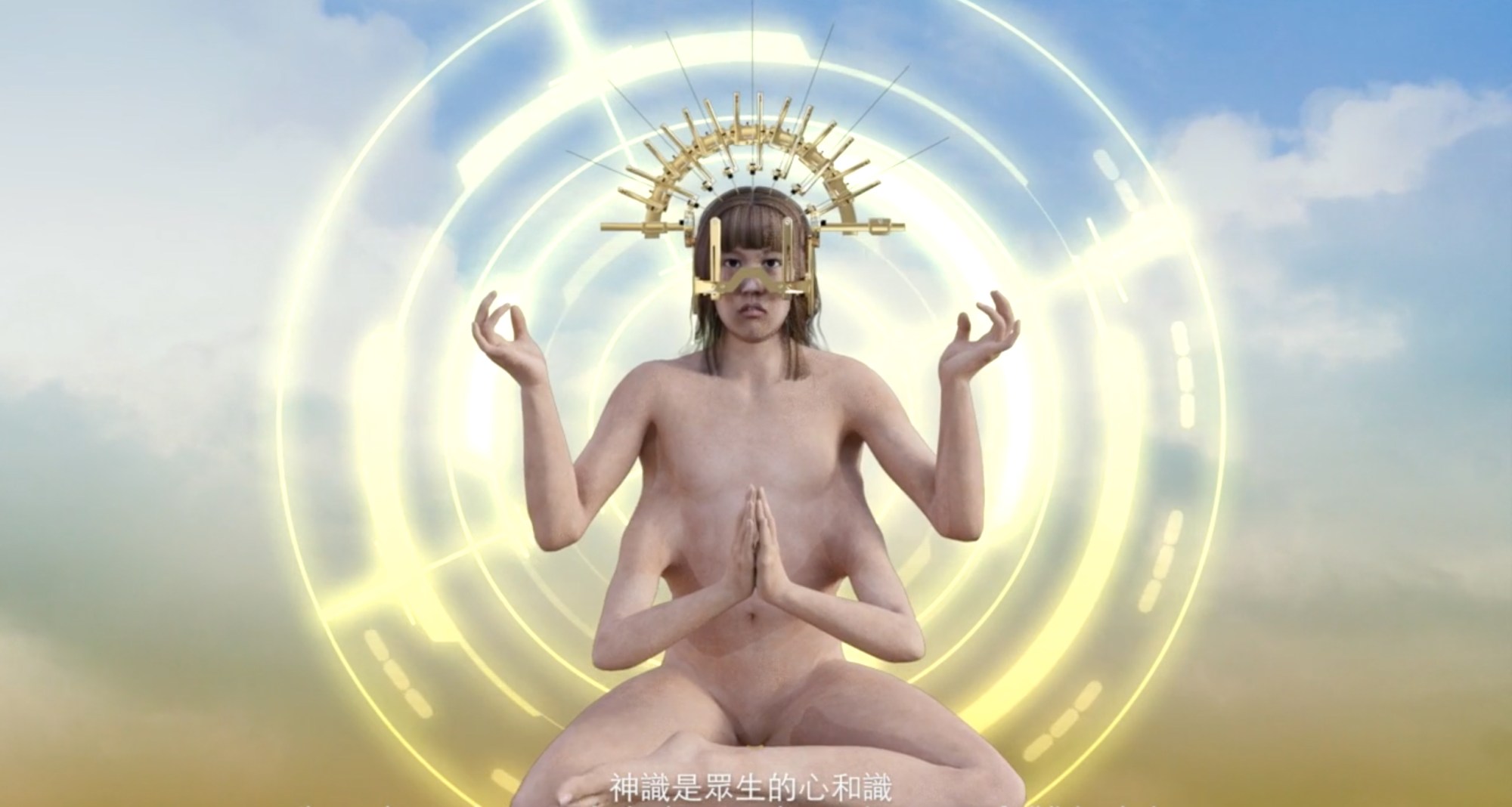In his book The Future Will Be… (2012), the Swiss curator Hans Ulrich Obrist wrote about the contemporary art scene in China. Back then, it was relatively small, but growing. Though China offers a vast art history and cultural heritage that stretches back thousands of years, contemporary art is a relatively new phenomenon. Of course there is Ai Weiwei and Yang Fudong, but besides these superstars, a new generation of visual artists are establishing themselves. Their works are being exhibited in major institutions globally and gaining serious acclaim. And they’re exploring pressing topics: differences between internet usage in the West vs. China, the severe censorship performed by the communist government of China, and the enhancement of technology and its cultural impact. Here are four visual artists from Shanghai, Peking, and Hong Kong that are making a major impact.

Miao Ying
Miao put her first work on show in 2007, spending three months researching every word blocked on Google China. Titled The Blind Spot, the piece became a personal index of censored words and marked the beginning of a long-term engagement with internet suppression in her home country. Although there are ways of getting around censorship in China with a Virtual Private Network, Miao finds it more interesting to deal with the suppression rather than avoid it. “My work is about my personal relationship with censorship,” Ying says. “It’s like Stockholm syndrome. The more I deal with it, the more I sympathize with it. I have a romantic relationship with it, so to speak.” Born in 1985 in Shanghai, Miao now lives and works between New York City and Shanghai. She studied Electronic Integrated Arts and Visual Art in Beijing and her work has been exhibited in New York, Vienna, and Berlin. Currently on display in Hong Kong, her installation Landscape.gif is a bold political piece of art composed of a sun bed, emojis, towels, and several iPads playing amateur GIFs popular on WeChat (China’s most widely-used social media platform) — the popularity of GIFS owed to fact that they are extremely hard to censor.

Li Liao
Li Liao experienced firsthand what it means to have Apple products assembled in China. For 45 days he worked at Foxconn assembling iPads (45 days being the time it took to be able to buy his own iPad). The result of this time was his most well-known work, Consumption, his work clothes, ID card, employee contract, and the iPad as artwork being displayed in galleries around the world.
His most recent piece, Unwinnable Game, is currently on display at the K11 art museum in Shanghai in cooperation with New York’s New Museum. In the first room of the exhibition, you see six gamers in front of their screens playing League of Legends. Li programmed it so that they cannot lose or win, the game simply going on and on. The gamers are at the mercy of artificial intelligence. “It’s about becoming part of the game, to forget reality and dive into virtual reality. That’s what’s happening at the moment anyway,” says Li.
Lu Yang
Neuroscience, mortality, religion, and gender — these are the themes explored in the artworks of Lu Yang. She graduated in 2010 from the Academy of Art in Huanghzou and quickly gained an international reputation for her subversive and elaborate productions. In 2013, she showed her most famous piece to date, Uterus Man — an anime multimedia work featuring a gender-neutral figure with super powers, weapons, and a pelvic bone for a chariot. Lu collaborated with manga artists and punk and electro musicians to create the complex work. Since its release, Uterus Man become a popular figure in China, acquiring a entire franchise composed of manga comics, feature films, merchandise, and even a video game. The Beijing native has stated that she is interested in the human body and its fundamental existence and functions. This preoccupation is perhaps most succinctly explored her video work, Lu Yang Delusional Mandala, where she digitally destroys her own body in order to create her work.
Cao Fei
Cao Fei is one of the most innovative contemporary visual artists in China today. Born in Guangzhou in 1978, Fei graduated ifrom the Academy of Fine Arts in 2001. She now lives and works in Beijing, where she combines topics like urbanity and mobility with strong surrealistic references. She explores the everyday lives of Chinese people born after the cultural revolution, a generation that grew up with the internet. In the 2000s, the immersive computer game Second Life became a central preoccupation of China and Cao created her own digital utopia, RMB City, within the game. In her documentary film The Birth of RMB City, she explores the creation of her pixelated fantasy and reflected on China’s rapid development and creation of megacities. Cao has had held exhibitions at major galleries like London’s Serpentine Gallery and New York’s MoMA. She is currently working on several virtual reality projects and a design for the 18th edition of the BMW Art Car.
Credits
Text Moritz Gaudlitz
